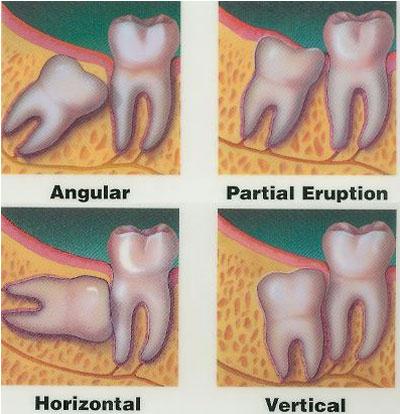
Gum Treatment (Periodontal Procedures)
Following are some of the procedures that periodontists use to treat patients diagnosed with a periodontal (gum) disease.
Non-Surgical Treatments
Swastik Dental Clinic’s treatment guidelines stress that periodontal health should be achieved in the least invasive and most cost-effective manner. This is often accomplished through non-surgical periodontal treatment, including scaling and root planing (a careful cleaning of the root surfaces to remove plaque and calculus [tartar] from deep periodontal pockets and to smooth the tooth root to remove bacterial toxins), followed by adjunctive therapy such as local delivery antimicrobials and host modulation, as needed on a case-by-case basis.
Most periodontists would agree that after scaling and root planing, many patients do not require any further active treatment, including surgical therapy. However, the majority of patients will require ongoing maintenance therapy to sustain health. Non-surgical therapy does have its limitations, however, and when it does not achieve periodontal health, surgery may be indicated to restore periodontal anatomy damaged by periodontal diseases and to facilitate oral hygiene practices.
Periodontal SurgeryIf you're diagnosed with periodontal disease, your periodontist may recommend periodontal surgery. Periodontal surgery is necessary when your periodontist determines that the tissue around your teeth is unhealthy and cannot be repaired with non-surgical treatment. Following are the four types of surgical treatments most commonly prescribed:

Wisdom Teeth Removal
Wisdom teeth are third molars that usually appear between the ages of 17 and 24 (although they may appear when older, younger, or may not appear at all). They are commonly extracted when they affect other teeth, this impaction is colloquially known as "coming in sideways. Most people have four wisdom teeth, but it is possible to have more or fewer.
 WISDOM TEETH: IS IT WISE TO REMOVE THEM?
WISDOM TEETH: IS IT WISE TO REMOVE THEM?
Wisdom teeth, also known as third molars, are the last teeth to grow in the back of the mouth. Common reasons for wisdom teeth removal include impaction, pain and crowding of the other teeth, which are typical tooth growth characteristics.
If wisdom teeth are not visible, they are impacted or unable to erupt due to space and size limitations. Impacted teeth don't have enough room to grow, and will lie beneath the gums, which may or may not be a problem.
When wisdom teeth partially erupt, food gets caught in the gums and may cause an infection, swelling, growth of a tumor or cyst and pain. If this happens, consult a dentist before problems worsen and affect overall oral health.
If wisdom teeth have erupted, the key to preserving them is maintaining good oral health by brushing twice a day and going to see a dentist twice a year.
Sedation & Anesthesia
- Are you AFRAID to go to a dentist???
- Do you think that dental treatments are always PAINFUL???
- Have you been AVOIDING years of dental treatments because of FEAR???
You can RELAX now!
Patient comfort and care is a top priority for us. We at Swastik Dental Clinic recognize that dental anxiety or discomfort can be associated with some dentistry procedures and follow a meticulous protocol of a variety of dental procedures using various modalities to relieve both anxiety and discomfort.
Talk with us about pain free dentistry to find out which is right for you.
With sedation dentistry, at Swastik Dental Clinic you’ll probably only need one or two appointments to correct years of dental problems. So in hours you can start enjoying the confidence that comes with a good dental health and bright new smile.
Local Anesthetic:
This is the most frequently used type of dental anesthetic. We use Lignocaine for a pain free dental care treatment which works very well for temporary relief of a tooth ache. Prior to injecting the local anesthetic, we swab a topical anesthetic jelly over the injection site to prevent feeling the pain of the needle.
Conscious Sedation Dentistry:
Anxious patients seeking pain free dentistry can consult us to choose anti-anxiety agents either administered by mouth, inhalation or injection. Nitrous oxide often referred to as "laughing gas," helps to ease patient anxiety. The gas is inhaled by patients, inducing relaxation, so they can approach dental procedures with less stress.
Deep Sedation:
This may be required for dental patients with special needs like children who are afraid or adults who can not go to the dentist frequently or patients with long surgical procedure or any other complications. Deep sedation dentistry or sleep dentistry, dental patients are deeply relaxed and not fully aware of their surroundings during their dental treatment and maintain a level of consciousness which can be readily reverted. This is NOT the same as General Anesthesia where the patient is unconscious and need a hospital environment.




 WISDOM TEETH: IS IT WISE TO REMOVE THEM?
WISDOM TEETH: IS IT WISE TO REMOVE THEM?

